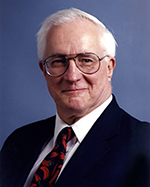
Using the stage
Competitors at speech contests move about the stage to facilitate their communication. That is, they use the stage as a visual aid. Usually, there’s lots of room available, but you, as a speaker, must abandon the lectern.
Three major reasons for a speaker to move about the stage are create a timeline, structure the talk or facilitate a story.
Actors create defined spaces – “this is where I talk to mom, that is where I confront my boss.” Improv students use the stage to for vigorous, wide-gestured emoting. Dancing, singing and gymnastics, while examples of performing in public, aren’t usually part of public speaking.
As speakers, we may want to start a chronological argument at the audience’s left and move right. We establish a timeline using the stage as a visual aid. Or we may use the left side to argue our first point, the middle to discuss the second, and the right side for the third. We can structure the stage to help identify and separate our points.
Or, we may want to use the stage to help the audience “see” our story unfold – “as I walked into my office I was startled to see my boss waiting for me, not a good sign.” Or, we might walk across the stage to illustrate handing out fliers for our new business.
Although the lines between public performance and public speaking are blurring, a good question to ask ourselves before we begin is, “Would Ronald Reagan, Martin Luther King or a TED presenter do this?” If the answer is “maybe” it’s worth considering for our Toastmasters speech. If the answer is “of course not” then we should consider other ways to use the stage during our talk.
Create a timeline, structure the talk or facilitate a story by using the stage as your visual aid.
